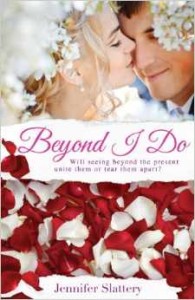“You can’t relate to a superhero, to a superman, but you can identify with a real man who in times of crisis draws forth some extraordinary quality from within himself and triumphs but only after a struggle.” — Timothy Dalton
Recently, I read about people being intrigued with reading or writing books with characters traveling in time. Characters get to go back and right a wrong. Or prevent a future undesirable event.
So why would I say it’s important to make characters struggle if readers enjoy stories where characters can change bad outcomes?
Reason 1
If characters could go back or forward in time at will, they’d less likely learn from their mistakes and struggles. And why would they even try when they could always go back and redo what they didn’t like. Or go forward to prevent a disaster.
Characters who’ve risked nothing in the game of life do not attract readers. Click to tweet.
Even animal characters in children’s stories have struggles and lessons learned. Those three little pigs certainly did.
Time travel authors know this. Characters in time travel books are usually allowed to time-travel only a limited number of times. And they still have obstacles and struggles in each time period. And sometimes what they accomplish is something different than what they set out to do.
I think the unique kind of struggles time travelers face makes these stories appealing.
Reason 2
I think many readers are attracted to books whose characters handle struggles similar to theirs. If nothing else, they take comfort that others deal with problems like their own.
We love the conflict between the hero and heroine in romances. But usually these two characters face other struggles as well.
In Marion Ueckemann’s Helsenki Sunrise, Marion shows in this delightful romance how God orchestrates the bad things that happen in our past into something beautiful. It depicts how we waste our precious time being bitter and missing out on what God has for us.
In my contemporary romance, Calculated Risk, Cisney can choose to be hassled by her father or stand up to him. As a reader, besides the romance between two opposites, I’d like to see how Cisney learns to respectfully stand up to her father. Especially in his trying to control her profession and who she marries.
As a reader, I want to grow in character from the books I read.
Readers grow when they learn how characters deal with their struggles. Click to tweet.
If Cisney in Calculated Risk is still accepting her father’s bullying by the end of the book, why would you be, or not be, satisfied?












 RSS - Posts
RSS - Posts